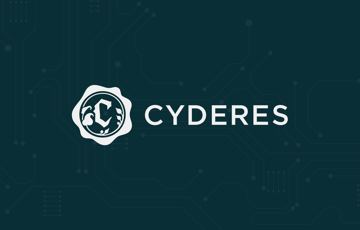Cybersecurity awareness begins at home, where young people first interact with internet-enabled devices and online connectivity.
As the digital world becomes more intricate and cyber threats continue to develop, schools must actively promote thorough cybersecurity education. By incorporating cybersecurity awareness and training into school curricula, we can equip students with the skills to identify, address, and prevent cyber threats, laying the groundwork for a secure digital future.
Children and students face the same cybersecurity risks as adults and organizations in our highly connected world. Despite their general tech-savviness, students are particularly susceptible to cyberattacks and often use technology without fully understanding the associated risks.
The increase in credential theft, identity fraud, and personal data exploitation are becoming primary attack methods affecting people of all ages. Cybercriminals often target students with phishing scams, tricking them into revealing login credentials and sensitive information. This issue can extend beyond individual students to entire campuses, as attackers aim to access institutional data, financial details, and personally identifiable information.
In 2023, 79% of higher education institutions experienced ransomware attacks, highlighting the vulnerability of colleges and universities to cybercriminals who exploit security weaknesses.
Data from Comparitech shows 121 record-breaking successful ransomware attacks on U.S. schools in 2023, up from 71 the previous year, costing these educational institutions $550,000 per day of downtime. This increase underscores the significant risk posed by the large amount of personal and financial data that schools handle, making them prime targets for cybercriminals.
Despite the rising number of breaches, including high-profile incidents affecting the Los Angeles Unified School District and Stanford University, there remains a lack of formal, comprehensive cybersecurity education for students and schools at all levels.
Cybersecurity education should be integral to every student's academic journey, starting from K-12 and continuing through higher education. Students will benefit from this knowledge by learning to protect themselves, their families, and their educational institutions from cyber threats.
Prioritizing Cyber Education
The education sector has a distinct responsibility to equip students for the digital challenges they will encounter in the classroom and throughout their careers.
It is crucial for security that cybersecurity education be incorporated into academic curricula and that appropriate cybersecurity measures be invested in to safeguard institutional data. The upcoming generation of leaders, researchers, and professionals must possess the skills and knowledge to tackle cyber threats.
By prioritizing their cybersecurity efforts and offering comprehensive resources, schools and universities can more effectively shield their students, faculty, and critical systems from the escalating threat of cyberattacks.
Acknowledging that cybersecurity is not merely an IT concern but a fundamental educational and institutional priority is essential.
Ready to strengthen your institution's cybersecurity posture?
For more cybersecurity insights, follow Cyderes on LinkedIn and X.



